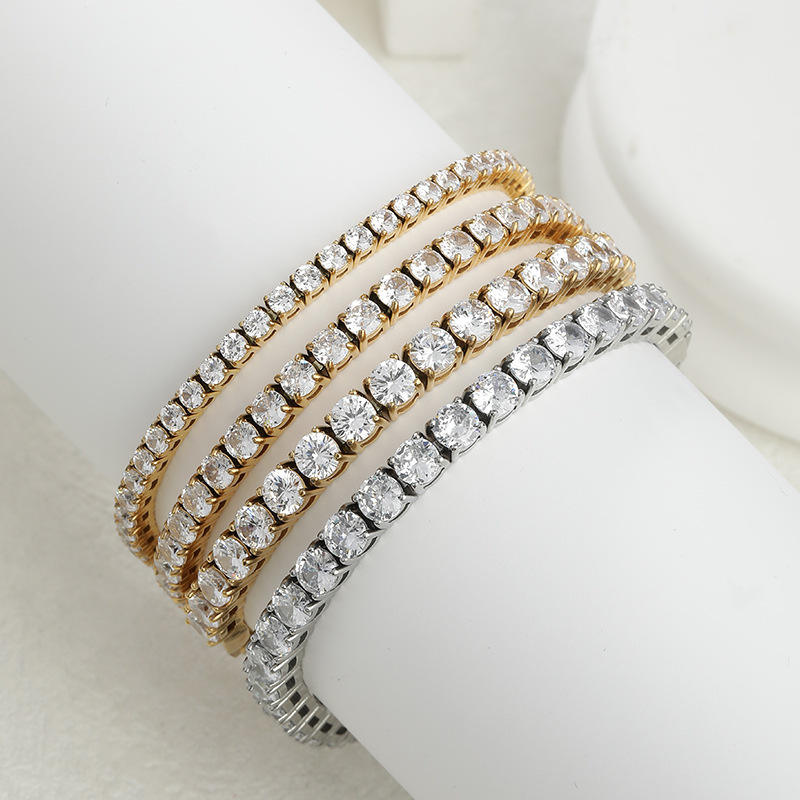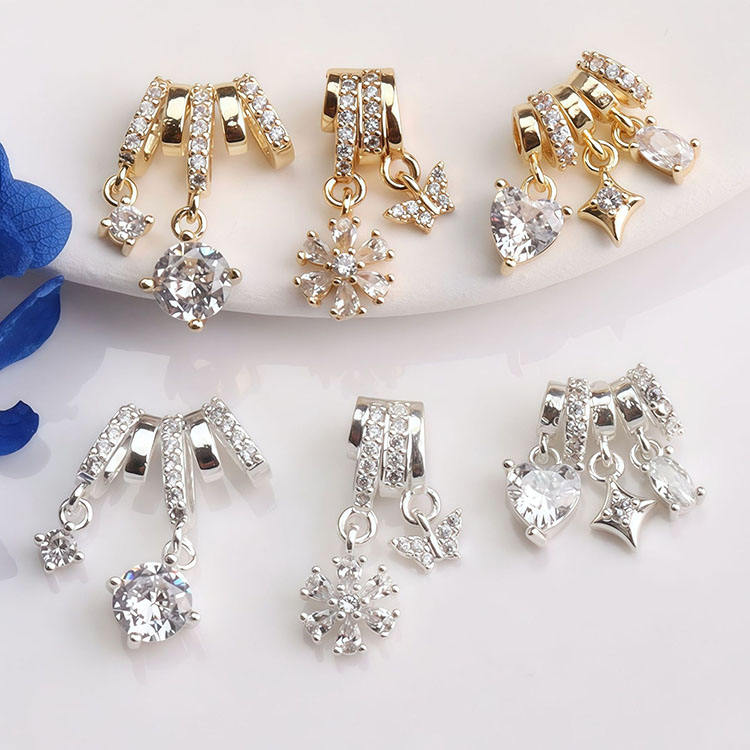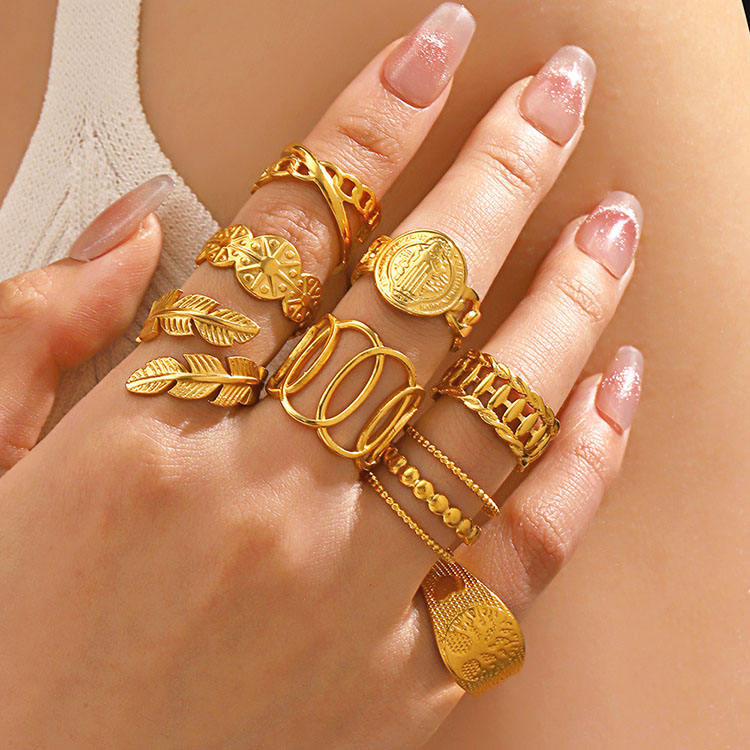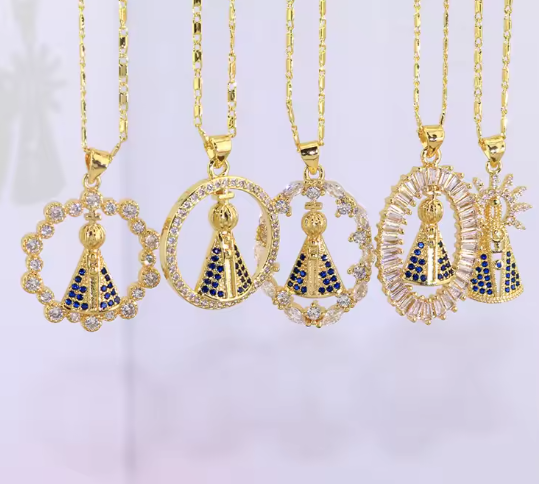Enamel’s rich color comes from a fusion of glass-like materials and pigments, fired at high temperatures to bond with a metal base. While it’s durable, enamel relies on tiny amounts of bound moisture to maintain its color depth—and dry environments (including AC spaces, where humidity often drops below 35%) strip this moisture away:
-
1)Moisture = Color Amplifier: Even fully fired enamel retains trace moisture within its microscopic structure. This moisture helps pigments reflect light uniformly, enhancing their richness and preventing a “flat” appearance. When AC systems pull humidity from the air, they gradually draw out this bound moisture from enamel too. As moisture levels drop, pigments become less reflective, and the color starts to look washed out.
-
2)Oxidation Risks Without Moisture: Moisture acts as a subtle barrier against oxidation (a reaction between pigments and oxygen in the air). When enamel dries out, pigment particles (like iron oxides for reds or cobalt for blues) are more exposed to oxygen. This can cause red enamel to fade to a dull terracotta, blue to shift to a grayish tone, or pastels to lose their soft vibrancy—changes that are often irreversible once they set in.
-
3)AC’s Dust and Pollutant Problem: AC systems don’t just dry air—they circulate dust, pet dander, and indoor pollutants. Dry enamel becomes slightly electrostatic, making it prone to trapping these particles. Over time, a thin, grimy film forms on the surface, scattering light and masking the enamel’s true color. Even if the pigment itself is intact, this film makes the piece look dull.
Not all enamel pieces face the same risk—certain types are more susceptible to color saturation loss in dry/AC environments:
-
1)Low-Temperature Enamel: Unlike high-fired vitreous enamel (cured at 750–850°C, which creates a dense, less porous structure), low-temp enamel (cured at 150–250°C, common in affordable costume jewelry) is more porous. This porosity lets moisture escape faster in dry air, leading to noticeable fading in just a few weeks of regular AC exposure.
-
2)Light-Colored and Pastel Enamel: Soft hues like blush, pale yellow, or mint green show saturation loss more prominently than dark colors. A dry environment can make a mint enamel pendant look “chalky” in days, while a black or deep burgundy piece might take months to appear dull—since darker pigments mask subtle fading better.
-
3)Vintage or Thinly Applied Enamel: Older enamel jewelry (pre-1980s) often has thinner enamel layers, which hold less moisture and offer less protection for pigments. Modern pieces with thinly applied enamel (a cost-cutting measure in fast fashion) face the same issue—there’s simply less material to resist dryness-related damage.
You don’t have to avoid AC to keep your enamel jewelry bright—small, consistent habits can shield it from dryness and maintain color saturation:
-
1)Limit Extended AC Exposure: Remove enamel jewelry before spending hours in heavily air-conditioned spaces (offices, airplanes, shopping malls, or even bedrooms with night AC). For example, if you wear an enamel bracelet to work, store it in a closed jewelry box during your shift instead of leaving it on all day. The less time it spends in dry air, the less moisture it loses.
-
2)Store Enamel with Controlled Moisture: Keep enamel pieces in an airtight container (like a small jewelry pouch or plastic box) with a mini humidity pack (available at craft stores or online) or a damp cotton ball (replace it weekly to prevent mold). This adds just enough moisture to the storage environment to slow down enamel drying—without risking water damage to the metal base. Avoid open jewelry trays near AC vents, where dry air circulates freely.
-
3)Clean Gently to Remove Dull Films: If your enamel looks lackluster from AC-circulated dust, wipe it with a soft, damp microfiber cloth (use room-temperature distilled water—tap water may have minerals that leave spots). Pat it dry immediately to avoid water spots. This removes the grimy film and temporarily replenishes surface moisture, restoring some of the color’s pop. Never use alcohol, jewelry polish, or abrasive cloths—these strip enamel of remaining moisture and scratch its surface.
-
4)“Rehydrate” Enamel Monthly: For pieces you wear often (like an enamel necklace or earrings), lightly mist a soft cloth with distilled water and gently wipe the enamel surface once a month. This adds a tiny amount of moisture back into the structure—think of it as a “drink” for your jewelry. Be sure to dry the metal parts thoroughly to prevent tarnishing.
Catching saturation loss early can help you adjust your care routine before damage becomes permanent. Watch for these red flags:
-
1) The enamel looks “flat” instead of glossy—even after cleaning.
-
2) Light-colored enamel has a chalky, faded cast (e.g., blush turns to pale beige).
-
3) Dark enamel loses its depth (e.g., navy looks gray, burgundy looks brownish).
-
4) The enamel surface feels slightly rough to the touch (a sign of moisture loss and pigment exposure).
In short, air conditioning and dry environments are silent threats to enamel jewelry’s color saturation—they deplete essential moisture, speed up pigment oxidation, and trap dulling dust. But with a little awareness and simple care, you can keep your enamel pieces vibrant for years, even in AC-heavy spaces. The goal isn’t to avoid modern comfort—it’s to balance it with small, intentional steps to protect the jewelry you love.









